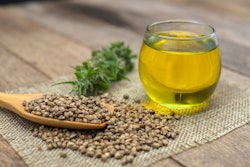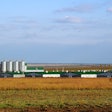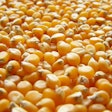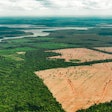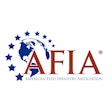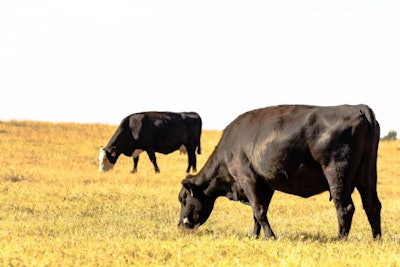
As the pressure to regulate PFAS in food products grows, animal feed may represent a potential solution.
Per-and polyfluoroalkyl substances, more commonly known as PFAS, have existed for decades. But this set of chemicals has a appeared in the news lately as concern about its ability to spread and contaminate plants and animals — including feed and livestock — has grown.
As those concerns have grown, regulators have shown an inclination to place limits on PFAS contaminants. The EU established limits on PFAS in certain food products late last year, and other countries are likely to follow, according to Antti Mikkonen, a Ph.D. candidate who is studying PFAS mitigation at the School of Pharmacy and Medical Sciences at the University of South Australia. That could create challenges for farmers whose land or feed has been contaminated by PFAS, Mikkonen said, which will in turn create a need for strategies to mitigate the presence of PFAS in livestock.
PFAS — a group of synthetic compounds that contain flourine, come with a wide variety of properties and potential uses. But one thing is consistent across the group, according to Mikkonen: The bonds that hold these chemicals together are among the strongest known to man. They stay in the environment for extremely long periods of time, and there is very little that breaks them down or digests them.
While the health effects of PFAS exposure — including the potential impact to livestock — remain the subject of scientific research, they are suspected of causing liver damage, altering the immune system and interfering with the efficacy of vaccines in humans, Mikkonen said.
PFAS contamination on farms tends to be hit and miss, he said. One farm may have high levels of PFAS contamination, while another remains in the clear. Farms may become contaminated when the PFAS enter water by way of a nearby landfill, or through the application of biosolids or waste water from treatment plants, for example.
Once the PFAS enter a farm’s soil or water supply, the chemicals can be taken up by plants and, in turn, consumed by livestock.
One of the potential mitigation strategies Mikkonen and his colleagues have worked on aims to take advantage of the uneven distribution of PFAS. Even when a farm has become contaminated, one field may have lower PFAS levels than the other, so Mikkonen has worked with affected farmers to design grazing rotations that keep livestock away from more intensely contaminated fields right before the animals go to market.
Seasonal rotations also hold promise in some circumstances, Mikkonen said. For example, livestock tend to drink more in warm summer months, so a farm might consider trucking in supplemental water during the summer if key water supplies have become contaminated.
Bringing in supplemental feed is also an option to deal with contaminated forage, Mikkonen said, though evaluating the contamination level of the feed itself can be a challenge. Producers may have to rely on information about the feed’s place of origin to determine whether it may be contaminated, because feed is not regularly tested for PFAS — although Mikkonen anticipated this may change in the future as restrictions on PFAS in food become more common.



